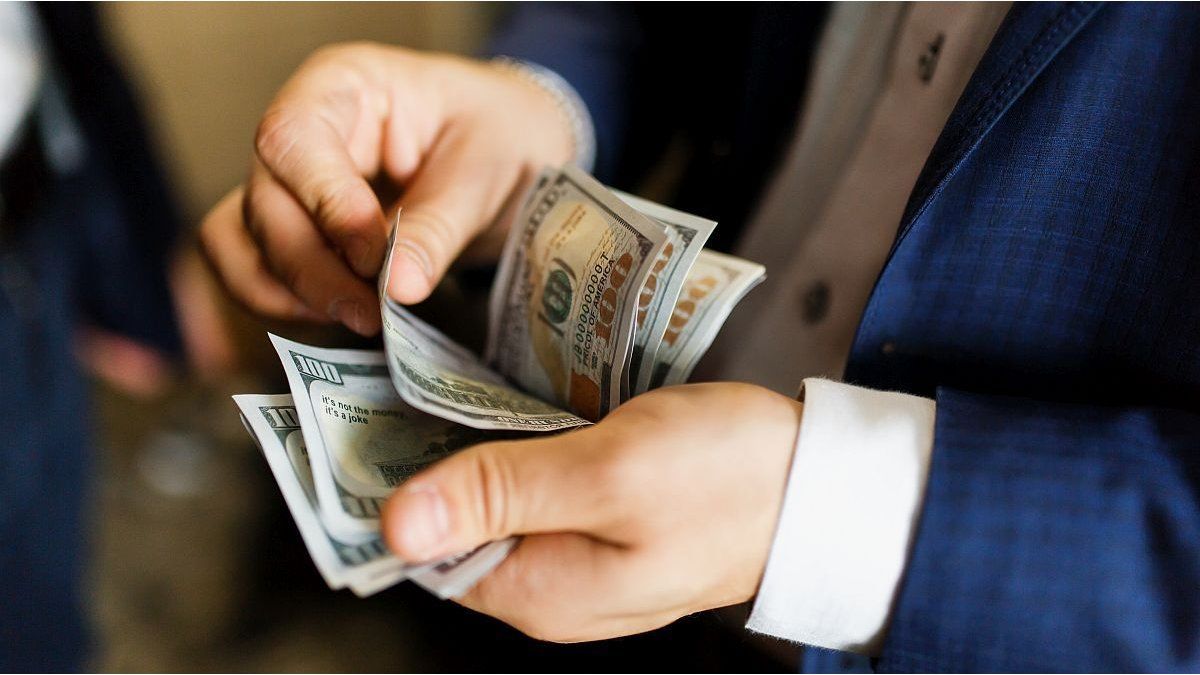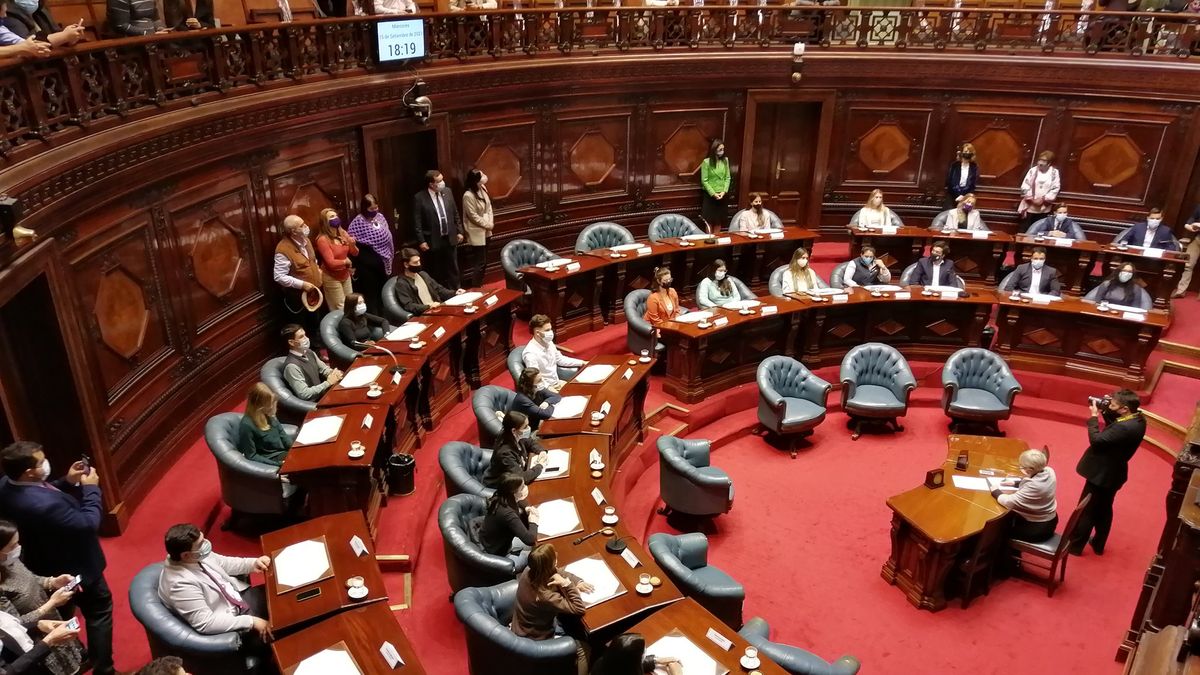He blue dollarcomes from a pronounced decline in recent weeks due to the excess supply of foreign currency, a product of the money laundering. However, last Tuesday it rebounded strongly, rising 3.8%, although on the following day it cut that gain. This Thursday it operated stable at $1,190 for purchase and $1,220 for sale, according to a survey of Scope.
Among the financial variants, the dollar MEP and the CCL They also cut a significant bearish streak on Wednesday, although they closed unevenly this Thursday: in the first case with a decline of 29 cents, to $1,159.60; while the CCL rose just 0.2% to $1,192.86. The gaps were located at 18% and 21%, respectively, and 24% in the case of blue.
Blue dollar: at what price can it reach?
The economist Federico Glustein explained to Scope that raises it blue and the low value of MEP motorized the “mashed dollar”which arises from the gap between both exchange rates to then “settle” the prices of both: the first a little lower and the second higher. “We will have these curlers as the gap between contributions does not decrease,” he assured.
“I think that the blue will again approach $1,200 and the MEP to position itself near $1,150 because the MEP mash, as they call it in the market, will put ceilings and floors on these prices,” he predicted.
Along these lines, Salvador Di Stefano, the “guru of the blue dollar,” analyzed that since there are “no pesos on the street, the blue should go down or at least not go up.” For this reason, he indicated that it would remain at current values.
dollar blue rise.jpg
Some analyzes agree that the blue could remain in the area of current values.
Image created with Artificial Intelligence
What are the keys for the informal sector to maintain current values?
Currently the market blue dollarwhich as always explained is very small and has an overreaction to political and economic ups and downs, finds itself with an excess of supply, a product of the money laundering that entered around US$11,828 million, between August 15 and October 10.
For Gustavo Quintanafrom PR Operadores de Cambio, it is a “somewhat logical rearrangement after a period of continuous losses.” Even so, he highlighted that “does not respond” to a change in expectationssince the market still trusts the Government, which shows signs of maintaining the “fiscal balance” at the cost of cuts in pensions and educational items.
“I think prices are looking for a new equilibrium point, at a level not far from the current $1,220,” Quintana predicted.
Likewise, as explained by Di Stefano, the lack of pesos in the market thanks to the greater demand for credits, which caused banks to increase the ratio of loans to deposits, also has an influence. He also introduced the improvement of industrial activity and the demand for pesos to offer products for the end of the year holidays.
“It is natural that more pesos are demanded in the second part of the year. The reflux then occurs in the month of January and, above all, in February.”he added.
Piedad Ortizchief economist of Wise Capitalincluded among the reasons for the decline in financial dollars “the temporary demand for pesos for the advance payment of the personal property tax and the tax moratorium”. These currencies, he analyzed, “generated an influx of dollars that permeated all markets (the official and blue).”
What variables could make it rise
Just as it positively influenced the bleachthe outflow of deposits in pesos from the beginning of this month could also have a negative influence. “The behavior of the blue is closely linked to the small outflows of cash deposits from free laundering of availabilityin some percentage, and to the extent that the agents withdrew, surely, They re-dollarized part of their freely available pesos from money laundering“Ortiz emphasized.
For his part, Glustein added that towards the end of the year there will be a greater demand for dollars as a result of the seasonal factor but he also added that the “outbound tourism”which is usually higher than the recipient and even more so in a scenario of exchange appreciation, where it is cheaper to vacation abroad than in some places in Argentina.
Source: Ambito
I am Pierce Boyd, a driven and ambitious professional working in the news industry. I have been writing for 24 Hours Worlds for over five years, specializing in sports section coverage. During my tenure at the publication, I have built an impressive portfolio of articles that has earned me a reputation as an experienced journalist and content creator.




